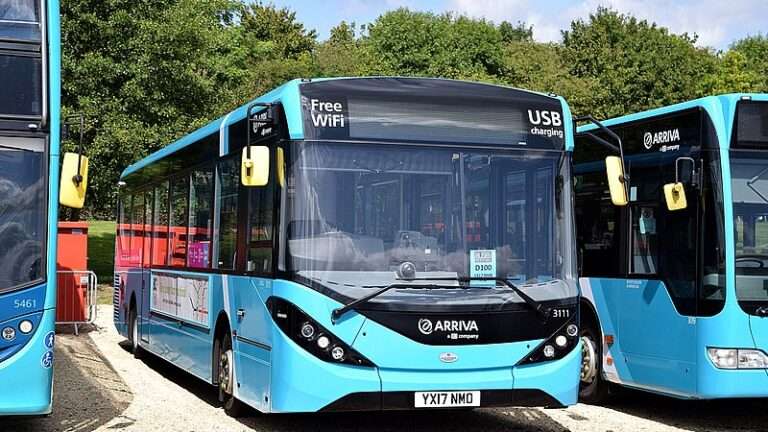When you think about bus transportation, you may automatically think of cities and large metropolitan areas – like New York City or Los Angeles. But there are also bus systems in smaller towns and villages that connect people to major hubs. This article provides a comprehensive overview of the different types of bus transit services and how they can benefit you as a consumer. From express buses to commuter buses, read on to find out all you need to know about these popular transportation options.
The Purpose of Bus – Transit Service
The purpose of bus transit service is to provide a cheaper, more convenient alternative to local transportation. In addition to reducing the amount of traffic on the roads, bus transit also provides an opportunity for people with different needs to connect with one another. Bus transit can be helpful for people who are unable to use a car or who want to avoid using busy roads.
Types of Bus – Transit Service
There are a variety of types of buses used for transit service.
School buses are typically large, comfortable vehicles with capacity for over 40 passengers. They are used to transport students between schools and other destinations.
Cab buses are smaller, utilitarian buses used for short-haul routes or for shuttles between major transportation hubs. They generally have fewer seats than school buses and may only have room for 12 passengers.
Express buses serve specific, high-demand routes with larger seating areas and more amenities than regular bus services. Express buses can also be luxury vehicles with features such as air conditioning and tinted windows.
Low-emission diesel engines are the most popular type of engine used in bus transit because they emissions are low and they run on diesel fuel which is affordable. However, hybrid electric engines are becoming increasingly popular because they reduce emissions while providing the same or better performance as diesel engines
What to Expect on a Bus – Transit Service Ride
On a bus, you will typically be seated in a seat and assigned a number. You’ll be able to see the driver through a window and they’ll be able to see you. The bus will usually have air conditioning and some kind of noise machine. The trip will typically last about 25 minutes and there may be stops along the way.
How to Take the Bus – Transit Service
When travelling around a city, it can be helpful to know how to take the bus. The bus is a great way to get around without having to worry about your car.
Below are some tips for taking the bus:
-First, make sure you have the correct fare. You can purchase tickets from the driver or from machines located at bus stops.
-Next, find out which stop you need to get off at. Some buses stop at designated stops only, while others stop anywhere along their route.
-Finally, find a seat and buckle up – buses can get busy!
Tips for Savoring a Bus – Transit Service Ride
If you’re looking for a ways to enjoy your bus transit service, try some of these tips:
-Take control: When riding the bus, take control of your environment. Sit up straight and relax. Make yourself as comfortable as possible.
-Be Alert: Keep an eye out for unexpected events on the bus, such as people getting off or getting on. Be aware of your surroundings and avoid distractions.
-Enjoy the scenery: Stop and take in the views while you’re on the bus. Look around and see what’s happening in the neighborhood or town you’re in. Pick out favorite spots to sit or stand so you can soak it all in A little bit of mental relaxation can go a long way during your bus ride!
-Network with others: Chat with strangers about where they’re from or what they do when they get off the bus. You never know who you might run into next!





